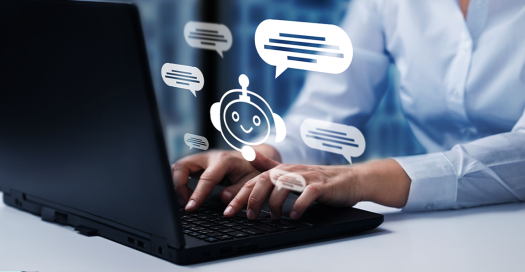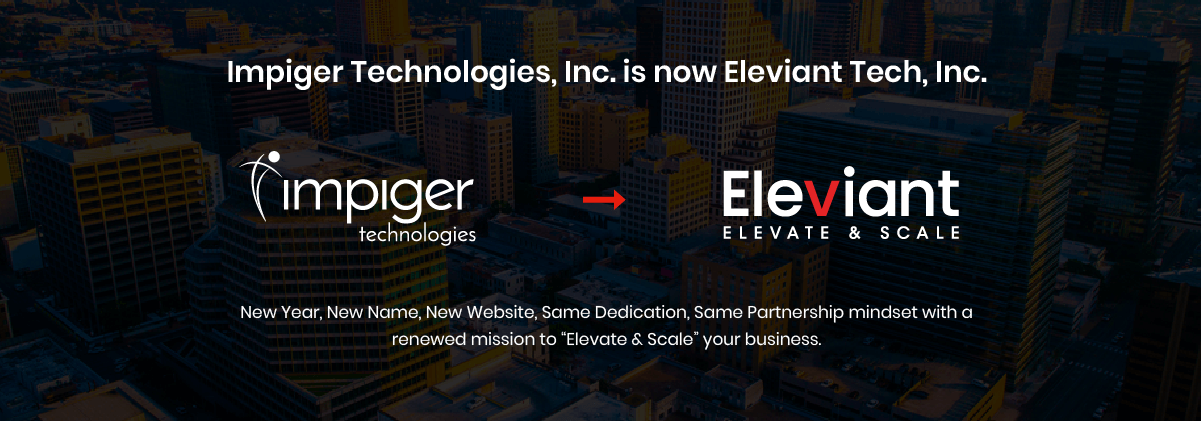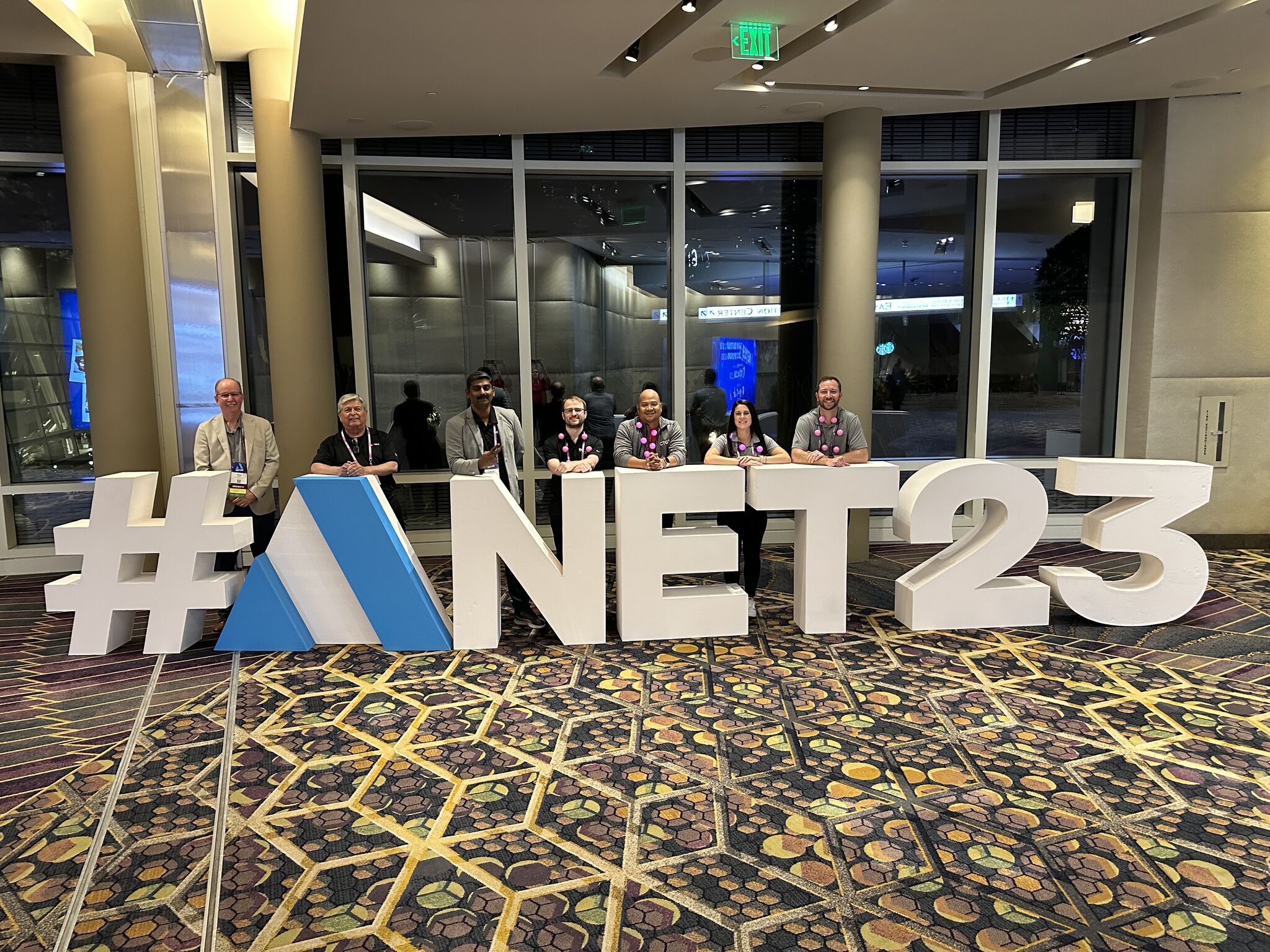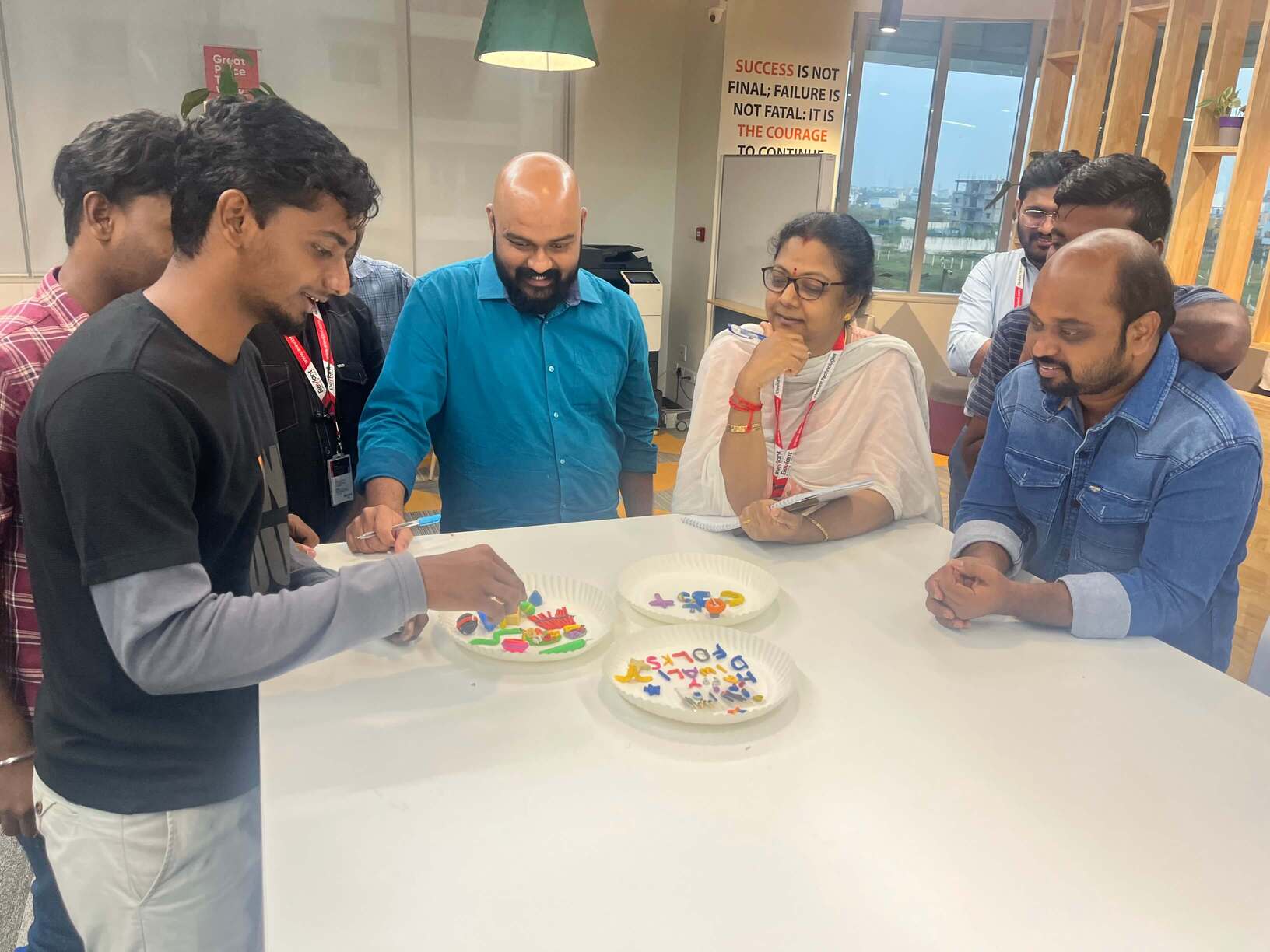Eleviant is to Elevate & Scale. Eleviant Tech symbolizes business transformation and reinforces our mission to help clients elevate and scale their business.
Build Your Own Chatbot: An AI-powered Conversational Agent For Your Business
August 27, 2021
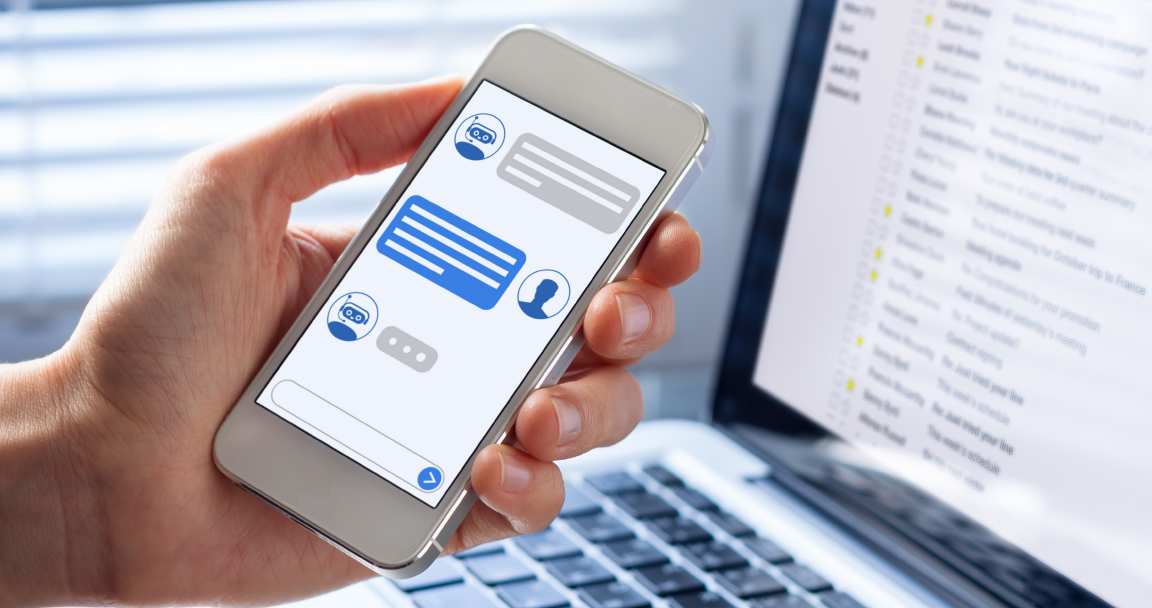
Chatbots are dominating chat conversations between businesses and their digital audiences. But that’s actually a good thing as both audiences and the brands they engage with are benefiting greatly from these developments.
A chatbot is an online system empowered to respond to messages and engage with people based on pre-set workflows to help businesses respond and interact with their target audiences more effectively. The chatbot market is expected to rise to a valuation by $9.4 billion, one of the biggest valuations in the tech solutions industry. More businesses are starting to implement this extremely cost-effective yet highly functional way to improve brand engagement, customer service, marketing, and sales.
So what does it take to learn how to build a chatbot from scratch? And can anyone do it? To understand how a company can create chatbots that engage with their customers and leads online, here’s a step-by-step guide on how to build your own AI-powered chatbot.
Understand your audience
In a normal person-to-person interaction, it’s pretty basic knowledge that one must understand and know the person you’re speaking to so as to engage more effectively. The same goes true when creating conversational bots. Knowing who these bots will interact with will determine many important factors such as the kind of responses to send, how it should be said, where they will access the chatbots and so on.
It’s good to keep in mind that up to 40% of millennials claim to engage with chatbots daily. Start with that audience first and then see if there are other segments and niches that you should start targeting as well. Build out audience avatars that will describe what your audience does, how he or she interacts online, what their usual pain points are, and so on.
Gather and document common queries and interactions
When creating a chatbot, you’ll want to prepare the bot for all kinds of conversations and interactions that it might have. When using chatbots in customer service, the best place to start is a knowledge hub or FAQ page if you have one already. You’ll want to give people access to those questions and answers. You should also include a list of products and offers that people usually inquire about and give all information needed to help them with a purchase or after sales onboarding.
Usually, chatbots work by assigning keywords that a bot should look out for and associating that with a response. It’s best to assign keywords in phrases to avoid miscommunication. For instance, it’s better to say “how do I use the coupon code” versus just “coupon code,” lest your bot sends the wrong response to a query like “my coupon code isn’t working” or “is my coupon code expired.”
Select the right tool
Once you have the audience and common queries, you can choose the chatbot development tools needed to create the AI experience. There are a lot of options today for software you can use in your chatbots. Compare them all based on their capabilities, contact limits, pricing, troubleshooting, and user interface.
It’s also helpful to choose a tool based on the goals that you have for your chatbot. Some tools are great when you want to increase engagement with chatbots or when you want to have a more conversational tone.
Write killer copies
The next crucial strategy to creating killer chatbots that have great engagement and results is formulating excellent written copies. More often than not, the goal should be to have a bot that sounds conversational and clearly communicates a message with conciseness. Hiring a copywriter with a communications or journalism degree can be an added plus.
Before putting out your copies into the bot, check for character limits or words that social media platforms might block.
Test, test, test
Things could go wrong quickly when building intricate chatbots. So it’s smart to test your chatbot before officially launching it. A chatbot builder often has a preview mode that allows you to send the chatbot to a select few before publishing it on your website, social media channels or any other platform.
If you need chatbot ideas for online businesses, test your bot for sales conversion as well by getting a survey out to a focus group to see how many of them would actually be convinced by your bot’s sales spiels. Get people from inside your organization and outside too so you can have an external point of view before launching your bot.
Deploy in phases
The last piece of the chatbot puzzle is determining where it should go and how to launch it. Best practices will indicate that it’s recommended that chatbots go out in phases. If you’re learning how to build a chatbot for a website, that could be a good place to start. Then launch them on your social media channels next.
Chatbots for Small Businesses
The great thing about chatbots is that they empower businesses of all sizes. So even if you’re a small business, you can have a chatbot made to help with customer service, sales, and marketing. These tools can help you save a lot of time and resources in the long run if they’re implemented well, so it should definitely be a priority if you haven’t launched a chatbot for your business yet.
And if you are ready to launch a powerful chatbot for your business, maybe you should look at vChat.
Get in touch with our Digital consultants to Elevate & Scale your business
Free ConsultationReady to get interesting insights of Eleviant? Subscribe to our Newsletter
SubscribeRelated Posts
Digital Transformation
Emerging Tech
vChat
How to Protect Against Chatbot Abuse
Get in touch with our Digital consultants to Elevate & Scale your business
Free ConsultationReady to get interesting insights of Eleviant? Subscribe to our Newsletter
Subscribe
